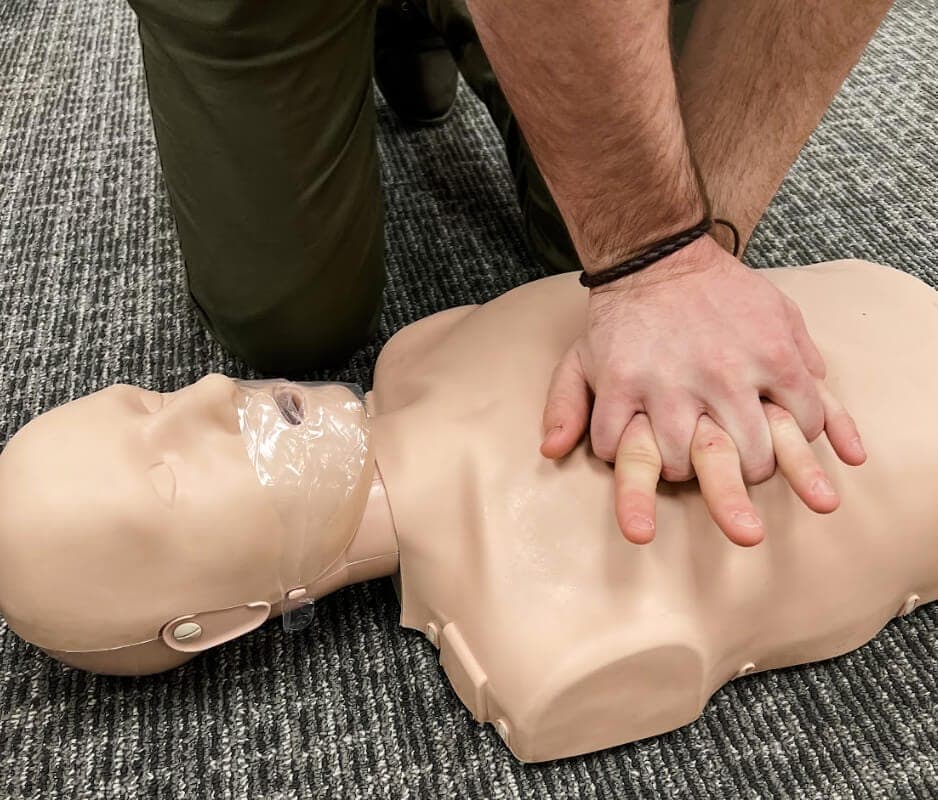Hands-Only CPR: Why We Do NOT Give Breaths Anymore (Sometimes)

Perhaps you’ve heard of it, but there is a new approach to CPR called “Hands-Only CPR”. Inevitably, the question comes up, “Why do we not give breaths anymore?” Before I give some of the reasons, let me clear a few of things up.
Different Methods of CPR
First of all, there are actually 3 different methods of CPR. They are as follows:
- Friends and Family CPR. This is the hands-only CPR that is meant to be learned by the general public.
- Heartsaver CPR. This level is for individuals who are required to have it for employment per OSHA regulations. It still incorporates teaching to give breaths, but only because OSHA requires it as part of the training.
- BLS for Healthcare Providers. BLS stands for Basic Life Support, and this is what any person within the healthcare field (i.e. CNA, EMT, Nurse, Physician, etc.) needs to know. This level also incorporates giving breaths, but also expounds upon and goes a little deeper into the material.
Why Hands-Only CPR?
Ok, so now we get to the point of the topic. There are 3 primary reasons for why they have eliminated breaths from the CPR sequence.
- Oxygen is already in the blood. Studies show that there is already some oxygen in the blood, that if circulated with high quality compressions, can effectively sustain life until emergency personnel arrive.
- Individuals were intimidated by giving breaths. The thought of locking lips with a stranger is understandably an unpleasant thought. Who knows what kind of diseases that person might have!? Statistics have shown that because of this fact, among other inhibitions, CPR in its entirety was never initiated in 68% of cardiac arrest victims.
- Breaths were performed incorrectly. There is a technique to giving breaths. Such things as the head-tilt-chin-lift, only giving enough breaths until you see the chest rise, not blowing too forcefully. When performed incorrectly, even if the heart is restarted, can result in a fatality.
So there you have it. And believe it or not, since the outset of teaching Hands-Only CPR in 2010, statistics in survival rates have increased!
You’ve probably never heard these things in a CPR class before. That’s why when you’re looking for a class, to make sure that the instructor has a background in emergency medicine. The quality of your class will be significantly higher, and you’ll leave feeling more confident and competent to act in the event of an emergency. To find training local to you, search Class Eagle’s Health and Safety Instructor Directory.


